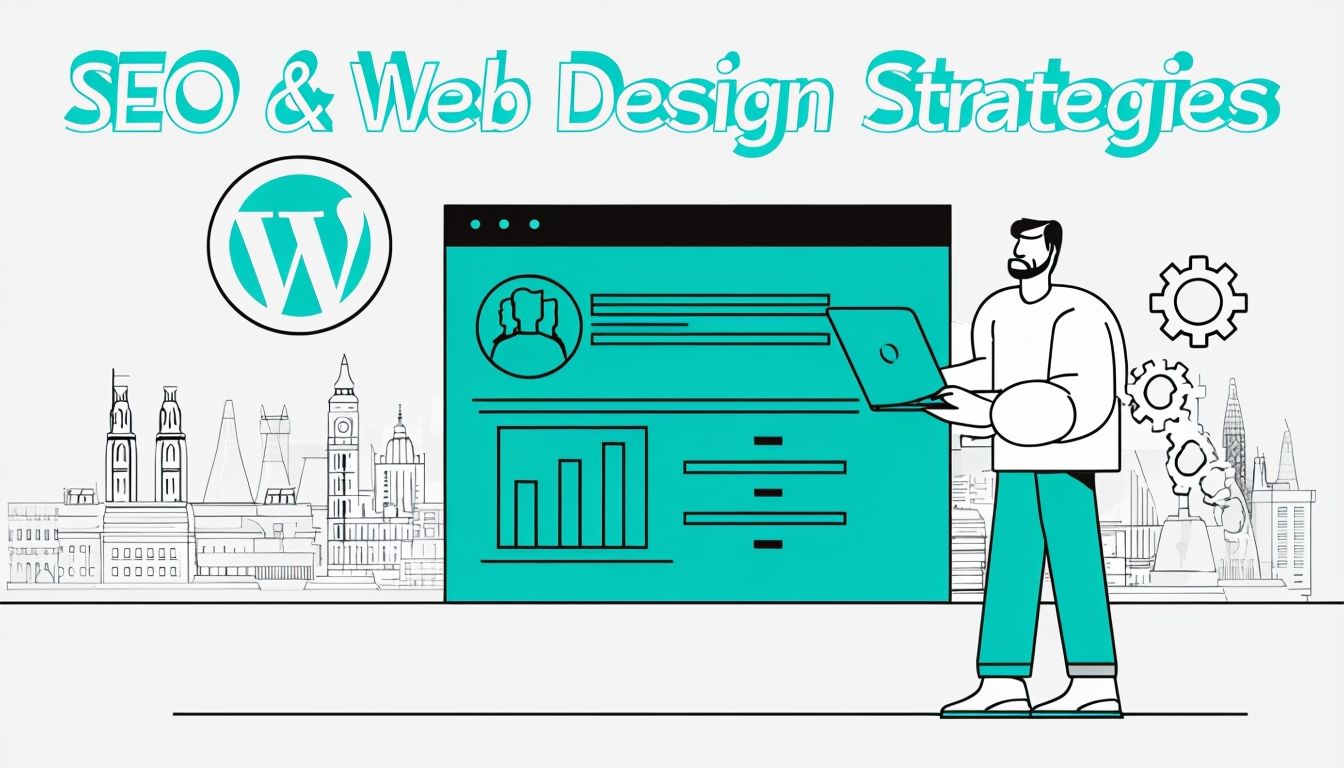In the ever-evolving realm of web design, innovation continues to be the driving force behind crafting exceptional user experiences. Amid this dynamic landscape, the emergence of WebXR presents an exciting breakthrough, poised to redefine how we engage with the digital world. The convergence of virtual reality (VR) and augmented reality (AR) within web browsing is paving the way for a new era of interactive encounters. This article takes an in-depth exploration of WebXR, delving into its inner workings, its forthcoming integration across various sectors, and the transformative potential it offers to both web designers and end-users.

Section 1: Immersing into WebXR’s Enchantment
WebXR, an acronym for Web Extended Reality, stands as a testament to the marriage of virtual and augmented reality technologies within the very fabric of web design. Picture a website that transcends the confines of screens, ushering you into immersive landscapes where virtual realms and the physical world merge harmoniously.
Unveiling WebXR’s Operational Mechanism
At its core, WebXR harnesses the capabilities of HTML, CSS, and JavaScript, effectively bridging the digital and physical realms. Through the power of APIs such as WebVR and WebAR, web designers gain access to a device’s sensors, cameras, and graphics rendering capabilities. These APIs serve as conduits for synchronizing user movements and real-world surroundings, enabling the browser to seamlessly integrate virtual elements with reality.
By leveraging the inherent potential of a device’s sensors and cameras, WebXR traces the user’s position and actions with precision. This ensures that virtual components maintain their alignment with the real world, resulting in an unparalleled sense of immersion and presence. Traditional web browsing is thus elevated into a multidimensional interactive experience.
Recommended Resource: https://immersive-web.github.io/webxr-samples/
Section 2: Pioneering the Future through WebXR Integration
The possibilities unlocked by WebXR span across various industries and sectors, foreshadowing a future in which the boundaries between reality and digital experience become increasingly blurred:
Revolutionizing E-Commerce with Immersive Previews: Envision browsing for furniture online and utilizing WebXR to visualize how a specific piece harmonizes with your living space. This technology empowers users with interactive previews, enabling them to virtually engage with products before making purchase decisions.
Education’s Evolution with Tangible Learning: The potential of WebXR extends to education, offering the ability to transform theoretical concepts into tangible experiences. Students could traverse historical epochs, explore intricate molecular structures, and engage with subjects on an entirely new level.
Tourism Redefined through Virtual Exploration: The concept of travel is reimagined as prospective tourists embark on virtual tours of destinations. They can wander through hotel lobbies, stroll along local attractions, and even savor panoramic vistas from potential hotel room windows.
Narrative Enhancement in Storytelling: Content creators are presented with a palette to revolutionize storytelling, where narratives unfold within immersive 3D realms. Comics evolve into interactive journeys, and news articles transcend the boundaries of text, morphing into augmented experiences.

Section 3: Empowering Designers through WebXR’s Potential
Web designers are at the forefront of harnessing WebXR’s capabilities to craft enthralling, interactive experiences:
Elevating Storytelling with Immersive Environments: Web designers can weave narratives that unfold within captivating 3D landscapes. Whether it’s leading users through historical reenactments or tracing a brand’s evolution, WebXR magnifies the dimensions of storytelling.
Intuitive Navigation for Enhanced User Experience: WebXR introduces natural, gesture-based navigation, elevating user experience to new heights. Designers can design interactive menus, construct 3D navigation maps, and create content arrangements that dynamically respond to user engagement.
Interactive E-Commerce Experiences: E-commerce platforms can offer customers an enriched experience by incorporating interactive product presentations. Users can examine products from every angle, inspect intricate details, and even visualize items within their real-life settings using AR overlays.
Virtual Fittings and Try-Ons: The fashion and beauty industries are poised to capitalize on WebXR to provide virtual fitting rooms and makeup trials. Users can preview how products enhance their appearance through augmented reality.
SEO-Friendly Adoption for Optimal Visibility: Designers can implement WebXR content in a search engine-friendly manner by offering comprehensive metadata, optimized images, and detailed textual descriptions of immersive encounters. This approach ensures heightened visibility and organic traffic generation.
Final Thoughts
Web design’s trajectory is on the cusp of a seismic shift, driven by the advent of WebXR. This powerful technology empowers designers to engineer experiences that transcend conventional websites, offering immersive and interactive encounters. From educational odysseys to groundbreaking e-commerce interactions, the potential of WebXR is boundless. As designers embrace its capabilities, they become the architects of experiences that intrigue, educate, and captivate users, ushering in a new era of digital evolution. As the lines between virtual and real blur, the allure of WebXR beckons those who dare to shape its destiny.



